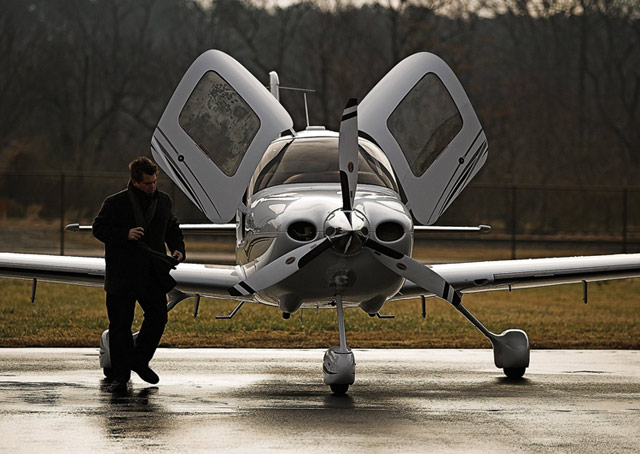 AOPA’s Air Safety Institute closely monitors general aviation accidents. Over the past several weeks, the institute has observed a cluster of GA accidents occurring in close succession. It is far too early to determine any change to historical trend data; however, this Air Safety Alert should raise awareness and offers mitigation strategies to help improve safety. The Air Safety Institute recommends that GA pilots conduct a pre-holiday safety pause and risk review. “Pause to learn” can be a powerful strategy to help you operate more safely. The Air Safety Institute recommends taking these specific actions before your next flight:
AOPA’s Air Safety Institute closely monitors general aviation accidents. Over the past several weeks, the institute has observed a cluster of GA accidents occurring in close succession. It is far too early to determine any change to historical trend data; however, this Air Safety Alert should raise awareness and offers mitigation strategies to help improve safety. The Air Safety Institute recommends that GA pilots conduct a pre-holiday safety pause and risk review. “Pause to learn” can be a powerful strategy to help you operate more safely. The Air Safety Institute recommends taking these specific actions before your next flight:
- Training and preparation
- Participate in a free online safety course.
- Apply personal minimums matched to skill and proficiency levels. The Air Safety Institute’s Flight Risk Evaluator can help.
- Utilize sound decision making that incorporates a safety mindset. Pilots should match their skill, knowledge, and experience with the desire/need to fly. (Learn from this “Trapped on Top” Real Pilot Story.)
- Chair-fly some emergencies with a pilot friend or CFI to test your familiarity with procedures in the pilot’s operating handbook for the aircraft that you fly.
- Perform additional planning and preparation when flying into unfamiliar environments or airports.
- When transitioning to a new aircraft, ensure proper transition training is completed with a qualified CFI.
- Currency and proficiency
- Complete a current flight review/instrument proficiency check in the specific type of aircraft you are flying.
- Consider taking an extra recurrent training flight with a CFI who is familiar with the aircraft.
- If it’s been more than a few weeks since your last flight, conduct a local area refresher flight prior to embarking on a long trip or flying with passengers.
- Conduct a full preflight planning exercise similar to the level of preparation for a checkride.
- Utilize a desktop trainer to gain familiarity with avionics and systems similar to those in your aircraft.
- Have a friend or CFI test your recall of required systems and emergency checklist memory items and airspeeds with these Air Safety Institute Flash Cards.
- Always have a Plan B and leave yourself an out if the situation or weather does not cooperate.
- Aircraft equipment and maintenance
- Consider using low-cost safety enhancing technologies such as Terrain Awareness, ADS-B In weather and traffic, and tablet-based applications that provide enhanced situational awareness. (Learn more from this Aircraft Systems and Avionics Safety Spotlight.)
- Review and ensure all required recurring inspections are current.
- Conduct a complete and thorough preflight with an eye toward spotting consumables that may need to be replaced (tires, oil, hoses, belts, etc.).
- Consider using an aircraft discrepancy sheet to record any outstanding maintenance issues.
At AOPA, we know that the pressure of fulfilling holiday travel plans can make it difficult to pause and reflect on our decision to fly; we need to recognize that the reality of weather and other safety concerns can be at odds with our expectations, making it difficult to make the right decision. Let's have a safe holiday travel season—there is always another trip if this one doesn't go!


